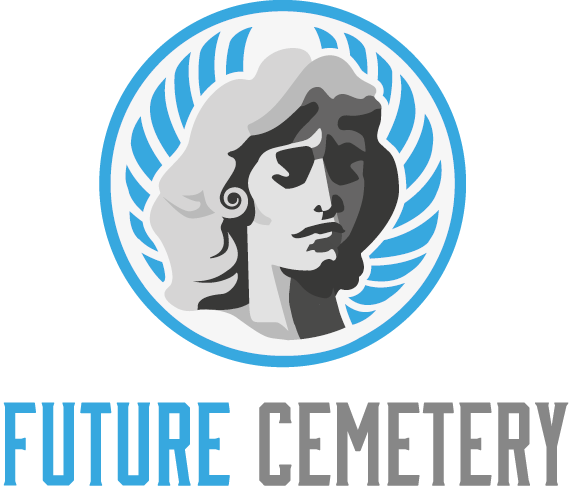A graveyard is a location where the dead are laid to rest. It is a place that can be haunting or soothing depending on your mood and the memories you have of the deceased.
Churches often have their own graveyard but these can be full and it can be difficult to get a burial plot there. Cemeteries are usually much larger and more organized.
Definition
A graveyard is a burial ground. It may contain tombs or simple headstones, or it might be more elaborate — depending on the cultural traditions of a particular area. People visit graveyards to pay their respects to ancestors after death and for religious reasons. The terms graveyard and cemetery are sometimes used interchangeably, although in many areas the difference is pronounced.
Typically a graveyard is found on church grounds, while a cemetery might be on private property. In the past, wealthy and influential Middle Ages Christians were buried inside a church, often in a crypt beneath the floor, while less well-off congregants were buried in a section of the churchyard called the graveyard.
In a graveyard, there are often unused plots where family members have purchased the burial rights and never exercised them. Re-using these plots is sometimes possible, but this can be difficult if the holders of the burial rights are unknown or deceased.
Location
A graveyard is a place where people are buried. Traditionally, churchyards have served this purpose, but as populations have grown and churches’ burial spaces became full, they had to expand their churchyards or establish new ones. The term graveyard has also been used to refer to all burial grounds, whether churchyard or not.
Some cemeteries allow people to be buried in natural (or green) burials, where the remains are allowed to decompose naturally and return to the earth. This has become more popular as a result of concerns that overcrowded graveyards were becoming a health risk, and that the decomposition was creating miasmas that could infiltrate water supplies and cause disease. Natural burials usually do not have headstones, but many families will leave a small timber remembrance cross or a poppy wreath. Those in Catholic nations will often place burning grave candles, called znicz
Symbolism
The symbols on a gravestone tell a story about the person who died and how they lived their life. Understanding how to read these symbols can help you understand your ancestors’ lives and can make trips to the cemetery fun and rewarding.
Angels – Angels often appear on grave monuments as they symbolize a safe passage for the soul into heaven. They can also signify divine protection and comfort for mourners.
Lamb – Symbolizes Jesus Christ’s sacrifice for the sins of humanity. Lambs are often found on children’s graves.
Circle – Pre-Christian symbolic meaning, adopted by Christianity, universally known as the symbol of eternity and never ending existence. The usual representation is a cross surrounded by a circle.
Doves – Symbolize peace and the Holy Spirit. The wings of the dove can be lowered to indicate that the soul is flying upwards or raised to show that it is coming down from heaven.
Draped Urn – Symbolizes mourning, death and the veil that separates the living from the dead. The draped fabric can also symbolize the love and care a person was given in their lifetime.
History
A cemetery is a specific place where people are buried. The term comes from the Latin word coemeterium, which is ultimately derived from the Greek koimeterion. Throughout history, wealthy or influential Middle Ages Christians were usually laid to rest inside the church, in a crypt under the floor or in a portion of the churchyard reserved for less privileged congregation members.
As populations increased, church graveyards became filled up and independent burial sites called cemeteries began to appear. The term is a result of the difference between a cemetery and a graveyard: A graveyard contains graves, while a cemetery has lots of rules about what can be done in it.
The cemetery has become a symbolic space, and it has been the setting of many novels, most prominently in Victorian Gothic literature. It has also been important to the field of anthropology, where the graveyard has served as a model for understanding how spaces can have histories of their own.
